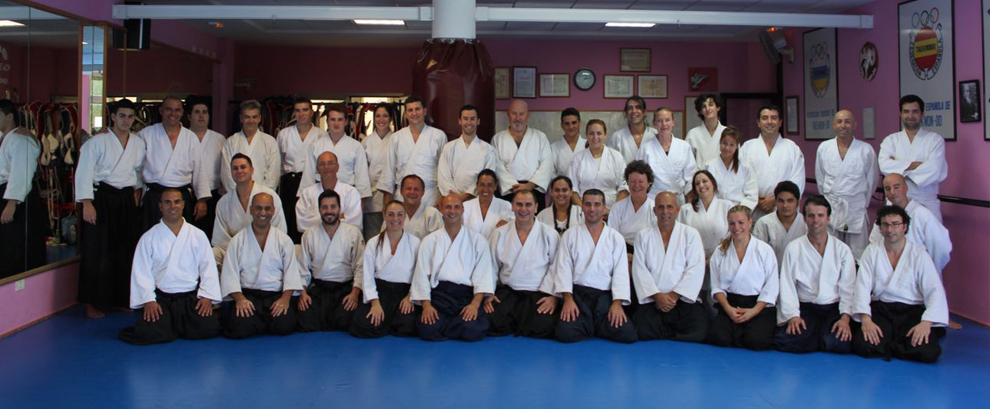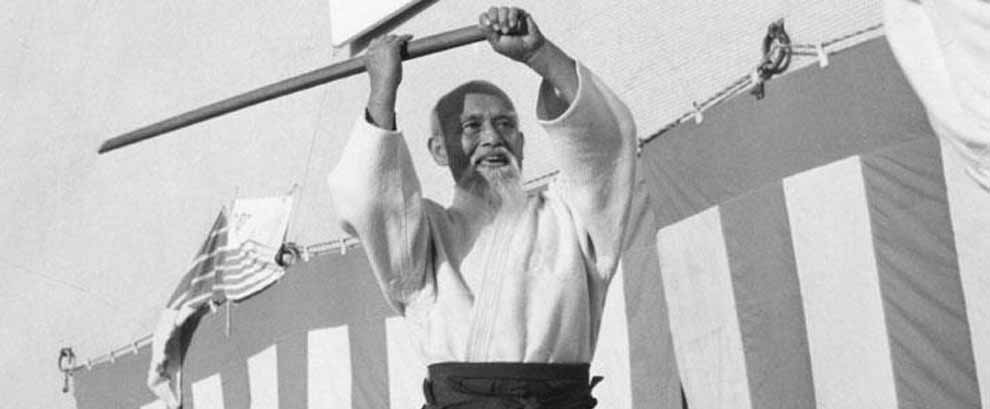Sie tragen uns rund 120 000 Kilometer durchs Leben. Das ist so weit wie fünfmal von Berlin nach Honolulu – und zurück. Und wir? Sorgen oft dafür, dass diese Strecke zu einer beschwerlichen Stolperstrecke wird. Wir stecken unsere Füße in Schuhe, die nicht passen, die ihnen wehtun, die sie sogar verletzen. Etwa 20 Millionen Deutsche haben ernsthafte Fußprobleme.
In diesem Sommer sind Keilabsätze in Mode. Sind sie besser für die Füße als die dünnen High Heels?
Dr. Hubert Klauser, Orthopäde, Leiter des Berliner Hand- und Fußzentrums: „Der Fuß hat auf Keilabsätzen eine größere Auflagefläche, und da das Gewicht etwas besser verteilt ist als beim High Heel, lässt es sich darauf sicher etwas besser laufen. But are healthier not Wedges. In our feet stuck thousands of nerve endings and receptors. Send signals to the brain, If for example a floor is uneven. If the sole is too steep, can no longer work properly, the receptors, die Stolper- and fall-risk rises. This effect is probably greater than wedges in high heels. "
What exactly is the problem with high heels?
Dr. Klauser: "As early as three to four centimeters, it loads the foot already. Each centimeter paragraph more body weight is shifted to the front foot, on toes, the yes in addition to doing the holding work of the body. In a five-centimeter heel forefoot must 57 withstand the weight percent, bei 11 Centimeters are already scarce 90 Prozent.“
What happens in the feet?
Dr. Klauser: "The toes are squeezed, hock- overstretched and metatarsophalangeal articulations, the foot loses stability when walking. By permanently prone posing the Achilles tendon is shortened, Calf muscles braced themselves, the pressure on the knee joint increases, which may after years highheels lead to osteoarthritis. And since the body needs to maintain balance and the backbone forces into swayback, performs the on duration to back pain. "
Power running in to narrow or high heels every foot broken?
Dr. Klauser: "If you walk all his life in such shoes, and. If a genetic predisposition, is the foot even faster sick. This is in the emergence of a Hammertoe, So a painful deformity of the small toe, the case or at a bunion, in which the big toe joint in deviates outward and then forward the second toe to a close. "
Damage high heels only feet?
Dr. Hans Seiter, Vascular surgeon and vein specialist from Stuttgart: „Nein, They also damage the veins. To the blood from the lowest point of the body, the feet, to transport back to the heart, are needed the foot muscle pump and the ankle pump. The more rigid insert them in high heels or wedge heel shoes, nevertheless, the joints can move and activate the pumping systems. The consequences are swollen ankles and calves due to blood congestion. "
Then therefore prefer flip flops?
Dr. Jürgen Walpert, Orthopäde und leitender Arzt der Fuß- und Gelenkchirurgie Klinik Fleetinsel in Hamburg: „Für kürzere Strecken, etwa vom Hotel zum Strand, sind Flip-Flops mit einer dicken stabilen Sohle in Ordnung. Bei längerem Laufen krallen sich jedoch die Zehen um den Steg, und die Muskeln im vorderen Fuß verkrampfen, da der Halt fehlt. Das gleiche gilt für Croces, eine Art Kunststoff-Clogs.“
Steht man denn auf Ballerinas auf der sicheren Seite?
Dr. Walpert: „Ja, wenn die Schuhe einen Absatz von rund einem Zentimeter haben und gut passen. Dann wird der Fuß einigermaßen gut geführt und der Vorfuß nicht überfordert.“
Gibt es eigentlich den idealen Schuh?
Dr. Walpert: „Ein klassischer Halbschuh zum Schnüren kommt dem Ideal am nächsten. In such a shoe toes have plenty of room, the lacing keeps the area around the midfoot stable around, and heel cap ensures, that the foot fits snugly in the shoe. "
How are the most common foot ailments, as a hammer toe, behandelt?
Dr. Walpert: "In milder cases you try only conservatively with physiotherapy, to strengthen the foot muscles, and shoe inserts individually prepared. A rail, which must be worn at night, incidentally does not improve. In more severe cases usually require surgery, to straighten the crooked toe. "
And what is being done at the hallux valgus?
Dr. Walpert: "If physical therapy and individual insoles from footwear makers bring no relief and the pain is too strong, helps only an engagement. A common surgical method is the chevron osteotomy. Here, the metatarsal is V-shaped cut and fixes, that the big toe can move back to the old position. "
What is a Morton's neuroma, under which many suffer?
Dr. Walpert: "It is because of permanent pressure, about by wearing high shoes, to a swelling of the nerve to the little toes. The pain may radiate to the toes. Here help flat shoes and cortisone shots. "
Because without shoes now times nothing works - how can we play it safe?
Dr. Walpert: "Switch shoes from flat to high whenever it comes, ideally several times a day. And you walk home barefoot, exercising foot- and calf muscles best. Ideal running on beach. Fußgymnastik can prevent, for example, pick up a towel with your toes or stand in the morning when brushing on one foot while closing your eyes. Foot baths relax the muscles well, Massagen, about a Igelball, stimulate the blood circulation. "
From: Bild










Latest Comments